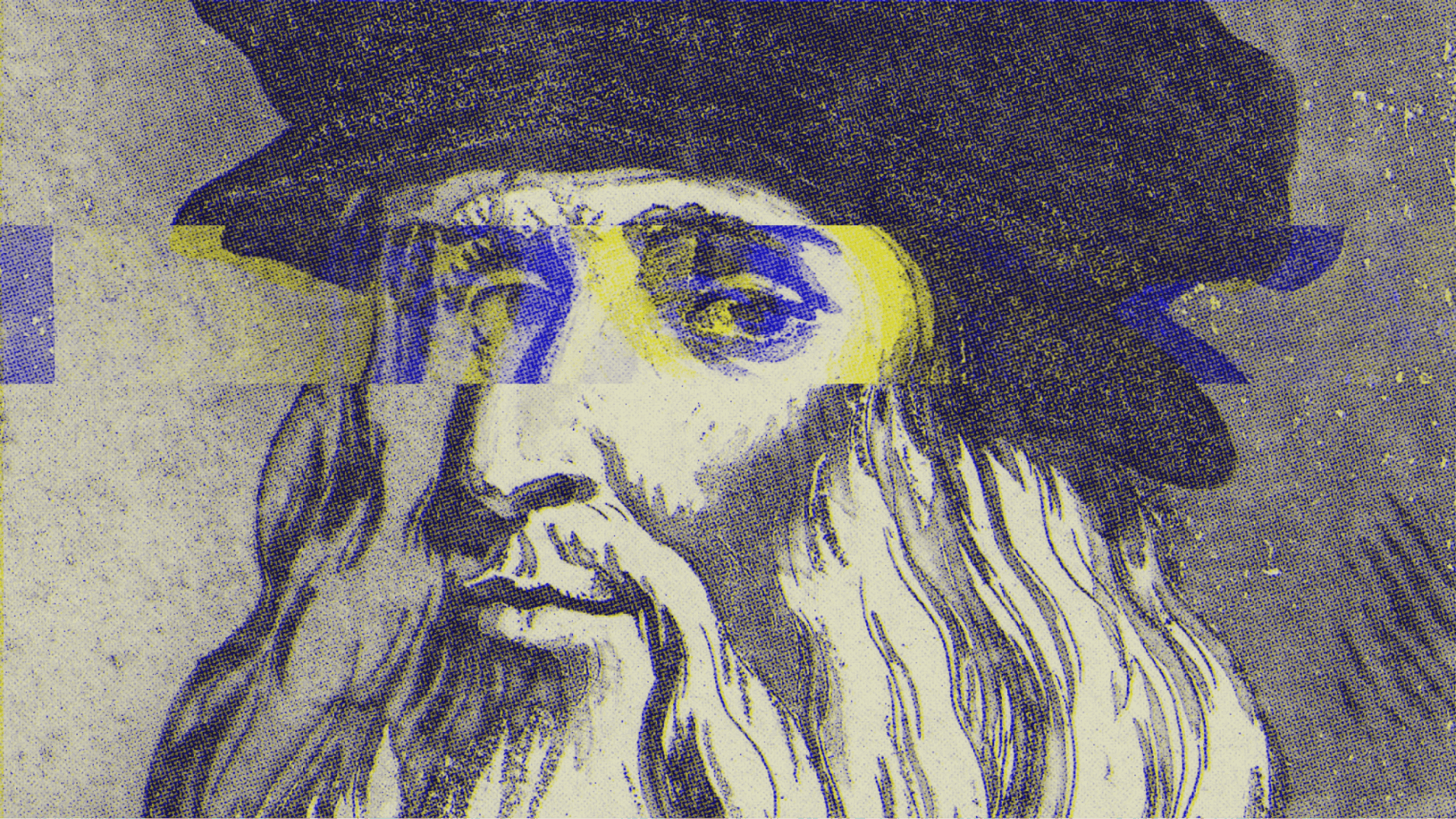What Leonardo’s obsession with water teaches us about longevity
- The intelligence of Leonardo da Vinci has echoed across centuries.
- Leonardo had a pathological curiosity and a complete disregard for disciplinary boundaries.
- In his obsession with water — fluid dynamics — the secret of Leonardo’s longevity becomes clear.
In a forgotten notebook from the late 15th century, Leonardo da Vinci sketched a series of looping eddies — swirls of water curling back on themselves. He was studying how fluids moved in nature. Rivers, blood, air. He even observed that water, when hitting an obstacle, would form vortices resembling the coils of a woman’s hair. For Leonardo, this wasn’t idle doodling. This was pattern recognition. This was the signature of life itself.
Centuries before turbulence could be modeled by a computer or a physicist could explain fluid dynamics in differential equations, Leonardo saw it. Not just the movement, but the metaphor: that longevity is not about stillness. It is about motion within motion. Systems inside systems. Constant change, elegantly contained. If you want to learn how to endure in a period of rapid change, listen to a man who never stopped moving.
Ok. Let’s back up a minute. Studying Leonardo da Vinci can be… exhausting. The man painted the most famous portrait in history. He dissected human cadavers to study muscle tissue. He designed helicopters 400 years before flight. He wrote in mirror script. He had ADHD before we had acronyms. And yet, despite his restlessness — or perhaps because of it — his ideas have lasted. Not just lasted, but echoed, reverberated, compounded. Across centuries. Across disciplines. Across lives.
So how did he do it? How does someone not just make an impact, but leave behind a system of thinking that sustains? That’s what I’ve been wondering. Because in my work, I’m obsessed with longevity — not just in biology, but in businesses, systems, and ideas. And the more I dig into enduring entities, the more I keep coming back to Leonardo. Not for his genius (though, fine, yes), but for his method.
Leonardo had no job description. No HR department issued him a performance review. What he had was something more radical: intellectual range, a pathological curiosity, and a complete disregard for disciplinary boundaries. At the heart of his work was a simple principle: everything connects. Let’s start with the body.
He didn’t just paint the human form. He deconstructed it. In The Vitruvian Man, he explored the proportions of the ideal body — how a man could be inscribed within both a circle and a square. On the surface, it’s a drawing. But really, it’s a theory of harmony: a belief that the human body reflects the structure of the universe. This wasn’t art as decoration. It was art as epistemology.
He went further. He dissected more than 30 human cadavers. He took notes — so many notes — that later scientists would use them to correct anatomical misunderstandings centuries after his death. He mapped out valves in the heart. He traced blood flow. He saw the body as a machine — and the machine as a body. You can’t help but admire the audacity. Or worry slightly about his dinner parties.
Then there’s his art. Even the Mona Lisa, that tired icon of postcards and coffee mugs, is more than a portrait. The way Leonardo painted her smile — layer upon translucent layer, using a technique called sfumato — suggests not just artistic skill but scientific understanding. He knew how light worked. He knew how the eye perceived contrast. He turned perception into geometry. This was not someone “following his passion.” This was someone building a unified theory of everything, one brushstroke at a time. But it’s in his obsession with water — fluid dynamics — where I think his secret becomes clearest.
Leonardo believed water was the “vehicle of nature.” He saw its movements as metaphors for everything: emotion, time, decay, even thought. He studied how it carved stone, how it shaped landscapes, how it sustained life. He used the same drawings of turbulence to explain everything from hair curls to planetary motion. Why does that matter? Because I’ve come to see how systems that last tend to flow, not freeze. They self-correct. They adapt. They look chaotic on the surface, but beneath that turbulence is order. They mirror nature. Which, of course, is what Leonardo saw: longevity isn’t about resisting entropy. It’s about dancing with it.
Leonardo wasn’t just studying fluids. He was fluid. Multidisciplinary. Nonlinear. If he had stayed in one lane — say, just painting or just engineering — he might’ve burned out or faded into obscurity. But he didn’t. He swirled. He looped. He revisited, rethought, revised. Like a river, he stayed alive by never staying still.
So what does Leonardo teach us about how to last?
First: Think like a system. Longevity isn’t a product of brute force. It’s an outcome of design. Leonardo’s mind was wired to see the parts within the whole. The relationship between muscle and movement. Between proportion and perception. Between science and art. He reminds us that siloed thinking leads to short-termism.
Enduring value is built by weaving domains together.
Second: Follow curiosity across boundaries. Leonardo didn’t care if something was “in his field.” He followed the thread. In doing so, he accumulated knowledge that compounded in unexpected ways. His heart drawings influenced his paintings. His engineering influenced his anatomy. If you want to build something that lasts — whether a company, a life, or a legacy — you need to let curiosity be your guide.
Third: Work in layers. The reason the Mona Lisa is still arresting isn’t just because it’s beautiful. It’s because it’s built on depth. Sfumato, from the Italian for “smoke,” gives it a hazy, layered quality that demands prolonged contemplation. Good systems — good work — do the same. They’re not optimized for one moment. They’re built with ambiguity. They reveal more over time. Like Leonardo’s notebooks, they whisper rather than shout.
A final note. It’s easy to mythologize Leonardo — to imagine him as a divine freak of nature. But to do so would be to miss the point. What made him last wasn’t magic. It was process. His notebooks weren’t filled with conclusions. They were filled with questions. With diagrams. With attempts.
He didn’t know what he was looking for half the time. But he trusted the loop.
In a culture obsessed with speed, certainty, and specialization, Leonardo’s secret feels almost rebellious: take your time, learn widely, think deeply. Also: don’t be afraid to sketch a vortex or two. They might just outlast you.
So the next time you feel pressure to narrow your focus, finish fast, or stay in your lane, think of Leonardo. And maybe pick up a pen. Start a sketch. Let it swirl.
You never know what might endure.
.jpg)








No comments:
Post a Comment